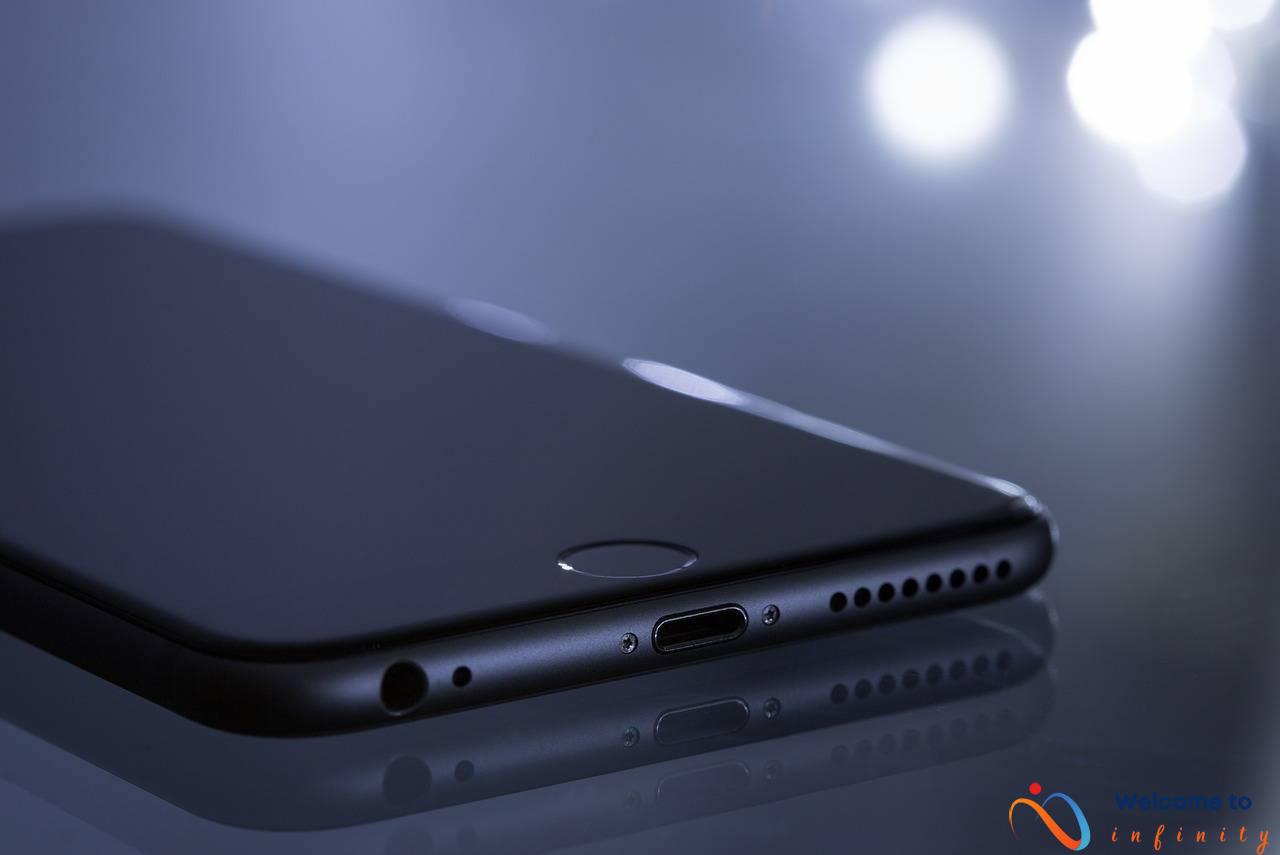Robotic defense systems are taking center stage as the future of warfare. These advanced machines equipped with artificial intelligence can accomplish tasks that were once difficult to achieve. These systems are being developed by military organizations around the world to provide superior advantages on the battlefield.
From autonomous ground vehicles that can carry out vital logistics operations to swarm robotics that can work to overwhelm the enemy and gather intelligence, there are multiple types of robotic defense systems being developed. With unmanned aerial vehicles offering increased surveillance, reconnaissance capabilities, and potentially targeted strikes in the future, these systems are expected to make a significant impact on modern warfare.
The potential for intelligent robotic weapons to make decisions about when and how to engage targets is also attracting significant attention. Underwater drones and autonomous underwater vehicles can be used for underwater reconnaissance, mapping, and placement of sensors to detect enemy activity, with advancements in AI technology set to enhance their capabilities beyond their current state.
The development of robotic defense systems is expected to continue and as technology continues to advance, the systems will become even more sophisticated and capable of complex tasks. However, while these systems may offer advantages on the battlefield, it is important to consider the ethical issues associated with their use and the potential for AI to make deadly decisions without human input.
Autonomous Ground Vehicles
Autonomous ground vehicles (AGVs) have gained popularity in recent times due to their ability to perform various tasks without human input. They are self-driving vehicles that can be programmed to carry out different duties such as transportation of equipment and supplies in military operations. The advancements in technology and artificial intelligence have made it possible for military organizations to develop AGVs that can perform more complex tasks such as reconnaissance and combat engagements.
The future of warfare may involve the use of AGVs to carry out tactical operations. These robotic vehicles can be used to gather intelligence and provide real-time situational awareness of the battlefield. They can be equipped with different sensors to detect threats and relay the information back to commanders. Moreover, AGVs can also be used to deliver supplies and ammunition to troops in the field, reducing the risk of casualties.
The development of AGVs that can engage in combat is another breakthrough in military technology. These machines can be used to infiltrate enemy lines and take out targets safely. Additionally, they can be used to patrol and protect military bases, reducing the number of personnel required for security purposes. The use of AGVs in combat is still in its early stages, and military organizations are still testing their capabilities in simulated environments.
In conclusion, AGVs are autonomous ground vehicles that can be used in different military operations. They can perform various tasks such as transportation of supplies and equipment, surveillance, and combat engagements. The potential uses of AGVs in the future of warfare are limitless, and as technology advances, the capabilities of these machines may become even more sophisticated.
Unmanned Aerial Vehicles
Unmanned aerial vehicles (UAVs) are changing the way militaries conduct operations. These machines can fly at high altitudes, making them difficult to detect, and can conduct a range of tasks such as surveillance, reconnaissance, and even targeted strikes.
As technology advances, unmanned aerial vehicles are becoming more sophisticated. Researchers are developing UAVs that can make decisions and carry out missions without human intervention. These fully autonomous drones will come equipped with advanced AI systems that will enable them to assess and respond to different situations.
The use of unmanned aerial vehicles has numerous advantages, including reducing the risk of casualties among soldiers and enabling military operations to be carried out with greater precision. These machines can fly for extended periods of time, providing real-time intelligence and reducing the need for ground-based surveillance.
However, there are concerns that the development of fully autonomous drones could pave the way for the automation of warfare. The use of AI in military applications raises ethical questions about the role of machines in warfare and their ability to make life or death decisions without human input.
As technology continues to evolve, it is clear that unmanned aerial vehicles will become an even more important component of modern military operations. The challenge will be to balance the potential benefits of these machines with the need for human oversight and ethical considerations.
Swarm Robotics
Swarm robotics is an advanced technology that involves a large group of robots working together towards a common objective. These robots communicate with each other and perform various tasks such as reconnaissance, surveillance, and supply deliveries to troops.
One of the most significant advantages of swarm robotics is their ability to overwhelm enemy forces. These robots can work together to cause destruction on a large scale while minimizing the casualties of the troops. Moreover, they can be used to gather critical battlefield intelligence by flying over the enemy's forts or infiltrating their bases.
In addition to combat situations, swarm robots can also be used for civilian purposes such as search and rescue operations in disaster-stricken areas. These robots can work together to scan a large area and provide real-time information that can help in making informed decisions.
The coordinated approach of swarm robotics makes them ideal for performing supply deliveries to the troops in hostile environments. This technology can efficiently transport supplies and equipment without risking the lives of soldiers.
In conclusion, swarm robotics is an exciting and emerging technology that has immense potential in both military and civilian applications. As technology advances, we can expect swarm robots to become even more efficient and capable of performing complex tasks.
Micro-UAVs
Micro unmanned aerial vehicles, commonly known as micro-UAVs, are versatile machines that are capable of performing several tasks. These drones are small enough to be dropped from larger aircraft or UAVs, making them an essential part of modern warfare. They can also work in swarms, enabling them to perform tasks such as reconnaissance, surveillance, and facial recognition with remarkable accuracy.
Micro-UAVs have become an integral part of modern armies and have been used in various military operations worldwide. In addition to being used for surveillance and reconnaissance, these tiny drones can also be used to provide support to ground troops by providing them with valuable intel. They can also be used to survey enemy terrain and resources with minimal risk and to detect and identify potential threats with great precision.
One of the advantages of micro-UAVs is their size and maneuverability, allowing them to operate in tight spaces and difficult conditions, making them an excellent tool for military operations. Their small size also means they can be designed to be very stealthy, making them harder to detect by enemy radar and countermeasure systems, making them the perfect tool for covert operations.
Thanks to their incredible capabilities, micro-UAVs are expected to become increasingly popular in modern warfare. They can deploy quickly, are versatile, and can be adjusted to suit a particular mission. As the technology develops, these tiny drones will become even more sophisticated, enabling them to perform even more advanced tasks that weren't possible before.
In conclusion, micro-UAVs are a crucial part of modern military operations. They can gather valuable intelligence, perform reconnaissance, and even perform targeted strikes with remarkable accuracy. It is an incredible technological advancement that is changing the way wars are fought. As AI technology continues to improve, these machines will become more sophisticated, making them even more important in future warfare.
Large-Scale Swarm Robotics
Large-scale swarm robotics is a technology that involves the deployment of vast numbers of robots to accomplish a mission. These robotic systems can be highly effective in overwhelming enemy forces and destroying targets. One of the advantages of this technology is the ability to self-replicate, which allows for replenishing damaged units. Swarm robots can operate together in a coordinated manner, which makes them highly effective in combat.
These robots can operate on land, in the air, and even underwater. The diversity of these systems means that they can perform a wide range of tasks, from reconnaissance to more strategic operations such as target destruction. Additionally, the deployment of such a vast number of robotic soldiers makes it possible to reduce the number of human troops on the ground, reducing human casualties.
Swarm robotics can be used for a wide range of applications in warfare. These systems can be used to gain intelligence about enemy forces, provide supply deliveries, and even launch targeted attacks on high-value targets. As the technology advances, these swarms will become even more sophisticated and capable of performing more complex tasks.
What makes swarm robotics unique is the ability to perform collective tasks in a highly efficient manner. These systems can communicate with each other in real-time, which provides a significant advantage over traditional methods of warfare. Their ability to work together means that they can adapt to changing conditions on the battlefield and make decisions based on new information.
In conclusion, large-scale swarm robotics is a technology that has vast potential in modern warfare. These systems can overwhelm enemy forces, provide vital intelligence, and even launch targeted attacks. As the technology continues to advance, we can expect to see more sophisticated and capable swarm systems in the future. The deployment of robotic soldiers may reduce human losses in the battlefield, but there are still ethical concerns to consider before full implementation.
Intelligent Robotic Weapons
Intelligent robotic weapons are a type of robotic defense system that utilizes artificial intelligence to make decisions about when and how to engage targets. These weapons can be used for targeted strikes or to defend against incoming threats, making them a valuable asset in modern warfare.
These weapons can be customized to fit specific missions, adapting to new situations and making quick decisions based on their programming and real-time information gathered from sensors. This allows for greater precision and a reduced risk of collateral damage.
However, there are ethical concerns surrounding the use of intelligent robotic weapons. There is the potential for these systems to make deadly decisions without human input, leading to unintended consequences and loss of innocent lives. As such, it is important for military organizations and governments to carefully consider the development and deployment of these systems.
Despite these concerns, the use of intelligent robotic weapons continues to be an important field of research and development in the defense industry. With advancements in AI technology, these systems will continue to become more sophisticated and capable of carrying out complex tasks.
Underwater Drones
Underwater drones are unmanned vehicles that are designed to operate underwater without human intervention. These robotic systems are used for a variety of purposes, such as reconnaissance, mapping, and the placement of sensors to detect enemy activity. One of the most significant applications of underwater drones is the ability to detect and disarm underwater explosives.
Military organizations are currently investing heavily in developing underwater drones with AI technology to enhance their abilities. With AI, underwater drones can make independent decisions about the best routes to follow, identify targets, and avoid obstacles. This technology can significantly improve these drone's abilities to accomplish their missions efficiently.
Some of the advanced underwater drones are equipped with specialized tools and sensors to detect explosives, mines, and other potential threats underwater. These drones can disarm or remove such threats by themselves, not putting human members of the military into danger.
Furthermore, underwater drones equipped with advanced cameras can also be used for surveillance operations in the waters. These drones can be used to monitor the activities of ships or submarines in the field. They are also used for environmental monitoring of the seas, helping researchers collect information about oceanography.
The development of underwater drones with AI technology can significantly enhance the capabilities of militaries in reconnaissance, disarming explosives, and environmental research. However, the future deployment of these devices should be accompanied by ethical considerations due to their potential to cause harm to the environment and innocent marine life. Military organizations and researchers must keep careful considerations of implementing these devices for sustainable development and preventing harm to aquatic life.
Autonomous Underwater Vehicles
Autonomous underwater vehicles (AUVs) are part of the latest technological breakthroughs in warfare equipment. They are unmanned robots that operate underwater and have the potential to perform a range of complex tasks that previously required human intervention. These vehicles use advanced sensors and autonomous navigation systems to perform different functions underwater such as reconnaissance, mapping, and the detection of enemy activity.
One of the most significant advantages of AUVs is their ability to gather essential intelligence and information from dangerous and challenging terrain without putting human lives at risk. They can provide military organizations with relevant information about a target location or assess hidden threats. Additionally, AUVs can be used to plant sensors that detect enemy activity or map out geographical features of an area.
The development of these underwater robots has enabled military organizations to carry out operations more efficiently and effectively. The use of AUVs in maritime operations provides a tactical advantage over the enemy, whether it's to gather intelligence or monitor their activity. Moreover, AUVs can be used to plant and detect underwater explosives, allowing for safer clearance operations and reducing the risk of harm to human life.
In conclusion, autonomous underwater vehicles represent a significant advancement in warfare technology, offering militaries a new level of underwater capability. It is vital to continue to develop and improve the technology in AUVs to enhance their underwater capabilities even further. However, the usage of these systems must be regulated, with proper consideration given to any ethical concerns and potential risks.
Conclusion
Robotic defense systems are undeniably powerful tools that can greatly enhance military operations. With advancements in technology, these systems will undoubtedly become increasingly sophisticated, taking over tasks that were previously impossible. Autonomous ground vehicles (AGVs), unmanned aerial vehicles (UAVs), swarm robotics, intelligent robotic weapons, underwater drones, and autonomous underwater vehicles (AUVs) are just some of the types of robotic defense systems being developed.
However, as these systems become more autonomous, the potential for ethical concerns arises. The use of AI in these systems raises questions about the legality and morality of autonomous decision-making on the battlefield. The danger of a machine making a deadly decision without human input must be considered carefully.
As the development of robotic defense systems continues, experts must take into account the potential repercussions. The use of these machines must be done alongside careful considerations of the consequences, both short-term and long-term.
In conclusion, while robotic defense systems are game-changers in modern warfare, it is essential that we approach their development with caution. As these systems become increasingly prevalent on the battlefield, we must continue to balance the benefits of their usage with the risks and ethical concerns that come with their autonomy.












